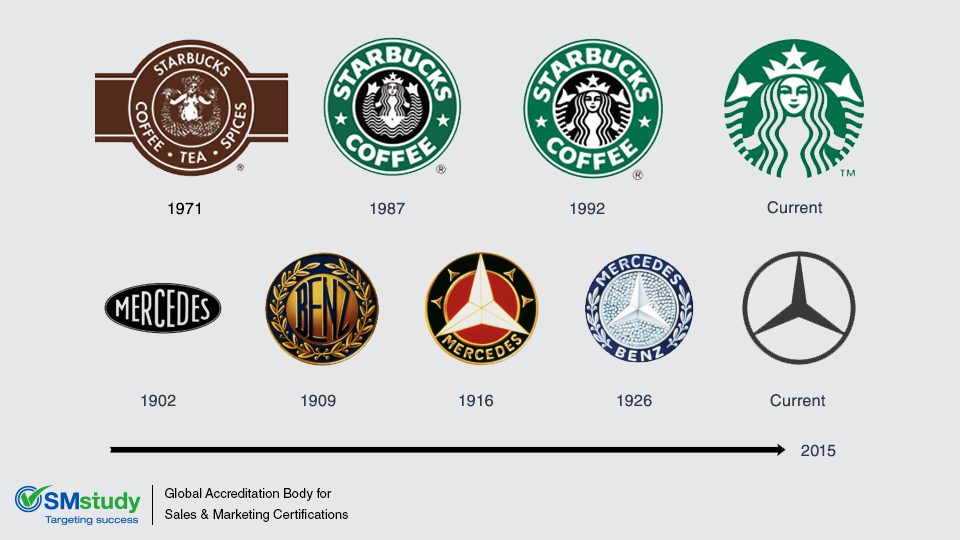Social Media is a multimedia experience. Content is shared in a myriad of forms: video, text, photo, audio clip, gif, etc. All can benefit a company’s brand in the effort to reach viewers. But we now know that color plays a very important part in brand perception. According to recent research, the color palette creates the mood and feeling of a brand that ultimately drives consumer behavior. Color, when used effectively, has the ability to connect with the subconscious (gut feeling) which can be a direct line to a positive customer action.
However, there are some who still argue that the perception of color is too dependent on personal experience to have universal applications such as the psychology researchers at the University of California, Berkeley who learned that, "personal preference is determined by all the entities you've encountered of that color and how much you liked them."
Although this may be true in some cases, the true benefits of color in marketing are apparent when the “perceived appropriateness” of the color being used fits the brand image and feel.
As author Gregory Ciotti states, “certain colors do broadly align with specific traits (e.g., brown with ruggedness, purple with sophistication, and red with excitement). But … it’s far more important for your brand’s colors to support the personality you want to portray instead of trying to align with stereotypical color associations.”
A company creating or revamping their brand image should consider long and hard the colors they select. Color choices that enhance the feel of the brand will be perceived as successful and more impactful than color choices that are at odds with the desired feeling of the company.
Ciotti continues, “Focusing on the way colors affect the feeling, mood, and image that your brand creates that play a role in persuasion. Be sure to recognize that colors only come into play when they can be used to match a brand’s desired personality (i.e., the use of white to communicate Apple’s love of clean, simple design).”
The study of color theory is vast and much information can be found online, but for a basic introduction, check out this video on branding and color…
When done wisely, color choice will lead to successful brand recognition and even instill a sense of trust. Ideally correct color application will positively affect the company’s brand perception metrics, including brand loyalty, brand recall, “top-of-the-mind recall” or “share of mind” and the ultimate, “share of heart” metric.
According to the SMstudy Guide, the “share of heart” metric indicates the highest level of brand loyalty and recognition. The book states, “A high ‘share of heart’ indicates a very strong connection between the brand and its customers…and that the marketing strategy is effective at communicating and delivering the value needed by its customers.”
Harnessing the power of color (and applying it appropriately) will enhance a company’s social media marketing and has the potential to increase viewer and customer engagement no matter what form of media is being shared.
For more interesting articles on social media marketing, visit - www.smstudy.com/articleshttp://www.smstudy.com/Article/words-are-great-but-color-is-better-when-it-comes-to-social-media-marketing
